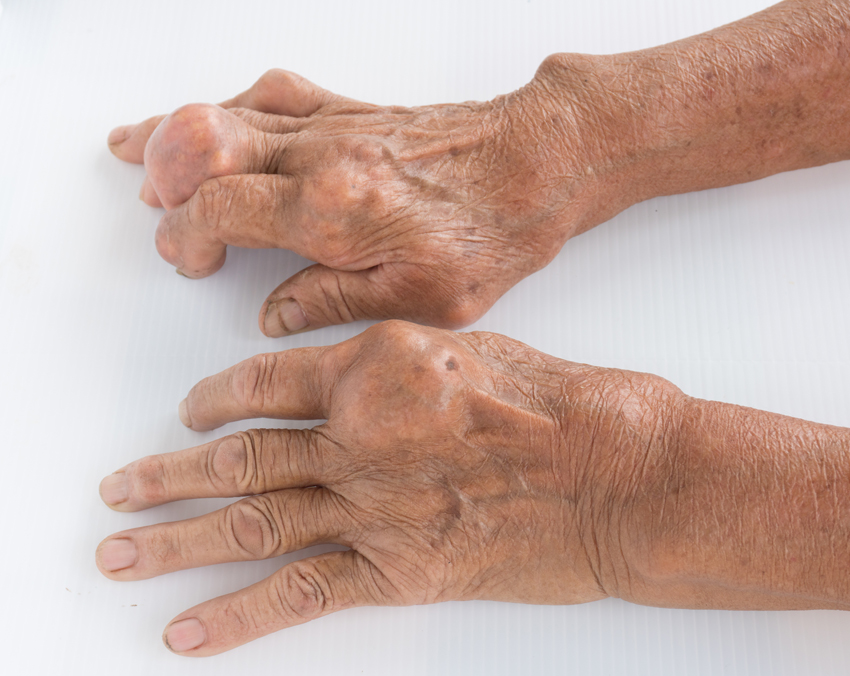CANTOS: Quarterly canakinumab reduced risk of gout attack by half
Click Here to Manage Email Alerts
Canakinumab administered every 3 months at varying dosages was linked to a significantly reduced risk for gout attacks, without changing concentrations of serum uric acid, according to new data from the CANTOS trial published in Annals of Internal Medicine.
“By looking across diseases, we’re trying to put together a picture of the relationship between gout, cardiovascular disease and inflammation,” Daniel H. Solomon, MD, MPH, of Brigham and Women’s Hospital, said in a press release. “There’s a long-held understanding that gout and cardiovascular disease travel together. We’re using data from the CANTOS trial to understand why.”
Although prior research had established that interleukin 1-beta (IL-1-beta) inhibitors, such as canakinumab (Ilaris, Novartis), reduced both cardiovascular events and lung cancer mortality, as well as shortened gout attacks, no trial had examined whether the IL-1-beta inhibitor could prevent gout attacks entirely.

To evaluate whether canakinumab reduced the risk for gout attacks and whether baseline serum uric acid (SUA) concentrations had an impact, Solomon and colleagues conducted a post hoc analysis of CANTOS trial data, comparing rates of gout attacks among patients (n = 6,717) who received three different dosages of canakinumab (50 mg, 150 mg and 300 mg) every 3 months until the end of the trial.
Additionally, the researchers used Cox proportional hazards regression models to compare the rate of gout attacks among patients with varying baseline concentrations of SUA ( 404.5 mol/L, 404.6 mol/L to 535.3 mol/L, and 535.4 mol/L).
According to study results, risk for a first gout attack was reduced by 52% (HR = 0.48; 95% CI, 0.36-0.63) among patients receiving canakinumab vs. placebo. The researchers noted that this effect was observed among all dosages of canakinumab and was not contingent on a history of gout.
Solomon and colleagues found that although canakinumab did not affect SUA levels over time, it significantly reduced rates of gout attacks at all baseline concentration of SUA: 0.4 (95% CI, 0.22-0.73) for patients with baseline SUA concentrations of 404.5 mol/L or lower; 0.48 (95% CI, 0.31-0.74) for patients with 404.6 mol/L to 535.3 mol/L; and 0.45 (95% CI, 0.28-0.72) for patients with 535.4 mol/L or higher levels.
“In contrast to previously reported data from CANTOS for major adverse cardiovascular events and lung cancer, risk reductions for gout attacks did not depend on canakinumab dosage,” Solomon and colleagues wrote. “Because the benefits were profound and were seen with the lowest canakinumab dosage, our data provide proof of concept that low dose IL-1-beta inhibition might prevent the incidence of gout attacks, particularly among patients in whom current therapies have failed.” – by Robert Stott
Disclosure: CANTOS was funded by Novartis.

